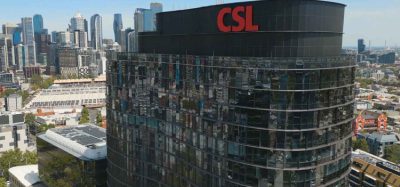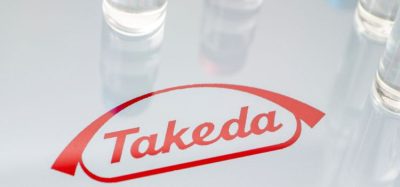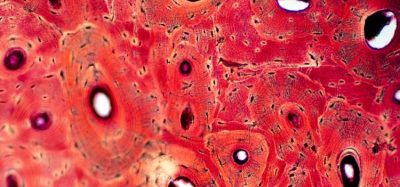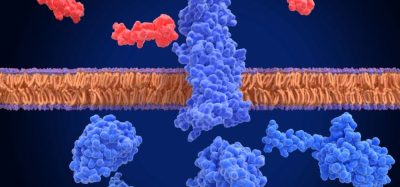Neoantigen-based immunotherapy targets misshapen protein in DIPG
Posted: 4 December 2017 | Dr Zara Kassam (European Pharmaceutical Review) | No comments yet
Children with an extremely deadly form of brain cancer may benefit from a new treatment that aims to direct an immune response against an abnormally shaped protein found on cancer cells…
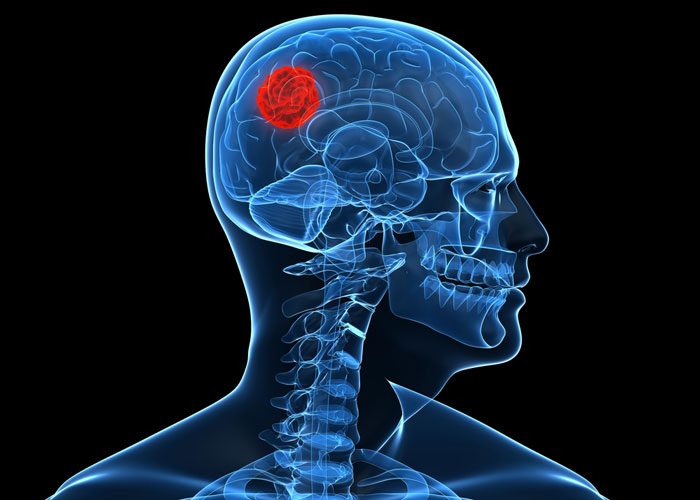

Children with an extremely deadly form of brain cancer may benefit from a new treatment that aims to direct an immune response against an abnormally shaped protein found exclusively on cancer cells.
Because diffuse intrinsic pontine glioma (DIPG) occurs in a difficult-to-access area of the brain stem that controls vital functions such as breathing, blood pressure, and heart rate, these tumours are almost impossible to remove surgically. Radiation therapy is the current standard treatment, but is rarely effective for long, according to Dr Hideho Okada, Professor of Neurological Surgery and Director of the Brain Tumor Immunotherapy Center at the University of California, San Francisco (UCSF), and the senior author of the study.
Dr Okada, along with Dr Sabine Mueller, an Assistant Professor of Clinical Neurology at UCSF, are already leading a phase I clinical trial in children with DIPG and closely related gliomas, in order to evaluate a new anti-tumour vaccine based on the new target identified by Dr Okada’s research group.
The new study’s preclinical results also support the development of an immunotherapy treatment that is potentially more powerful than a simple vaccine, one in which some of the patient’s own immune cells would be genetically engineered to recognise the molecular target, which is found on tumor cells in most cases of DIPG and related gliomas, but not on normal cells.
“Most neoantigens in cancer are unique to individual patients, but this is one the very, very few examples of a shared, common neoantigen that may have the potential to be used in many patients
The immune system needs a boost to fight established tumours. Normally it can distinguish a healthy cell from a cell infected by invading pathogens by inspecting bits of molecules, called antigens, which cells display on their outer surface. Very early in life, the immune system learns to tolerate rather than to attack cells displaying antigens made by the body’s own cells. Because tumours arise from our own cells, the immune system is likely to tolerate rather than attack the cells of an established tumour.
The target of the new DIPG treatment is a “neoantigen.” A neoantigen is a fragment of a protein made by a cancer cell that has an abnormal structure — and often an abnormal function — due to genetic mutation, a hallmark of cancer. Researchers are developing techniques to select neoantigens that they think will be the most likely to be seen and identified as foreign by the immune system, and they aim to develop immunotherapies to boost immune responses to tumour cells displaying these neoantigens.
The hope is that well-chosen neoantigens can be used to develop treatments that will more selectively and potently target tumours. Neoantigen-based treatments are still experimental, but many are in clinical trials.
The neoantigen Dr Okada and colleagues worked with is a fragment of a protein called histone 3 variant 3. This protein is identically mutated in about 70 percent of cases of DIPG and results in abnormal control of gene activity in tumour cells. Earlier studies by other researchers found that when the mutation is present, it is present in all, or nearly all cells of a tumour.
“This may be an ideal case of a tumour neoantigen,” Dr Okada, said. “Most neoantigens in cancer are unique to individual patients, but this is one the very, very few examples of a shared, common neoantigen that may have the potential to be used in many patients.”
The researchers used some of the latest computational techniques to predict that a specific fragment of the protein that includes the neoantigen would bind especially strongly to a protein called HLA A, which displays antigens for inspection by patrolling immune cells called T cells. The strength of this attachment ought to correspond to the likelihood that a neoantigen will be recognised as a threat by the immune system.
In laboratory experiments, the researchers confirmed this prediction. They found a strong affinity between the tumour neoantigen and a type of HLA A found in about 40 percent of DIPG patients. In contrast, they found no corresponding affinity between this HLA A type and non-mutated antigens from related proteins produced by healthy cells, suggesting that treatments based on this neoantigen should be specific to tumour cells only.
The goal of the neoantigen-containing vaccine now being tested in Dr Okada and Mueller’s clinical trial is to train the immune system’s T cells to recognise the neoantigen in the vaccine, which should then trigger an immune response to tumour cells in the brain that display the same neoantigen, Dr Okada said.
The research demonstrates a promising, even more, powerful form of treatment based on directly engineering patients’ T cells to recognise the target neoantigen. Every T cell has a particular type of T cell receptor protein that can recognise a single antigen paired with an HLA protein. The scientists used T cells from patients with the HLA A type that bound tightly to the novel DIPG neoantigen to identify naturally arising T cell receptors that recognize the combination. They selected the best T cell receptor, cloned it into other T cells, and grew large numbers of these cells in the lab. They then demonstrated that these lab-grown T cells could effectively kill human glioma tumours grown in mice.
“We saw a significant reduction in tumour progression compared to control groups,” said tumour immunologist Dr Zinal Chheda, a postdoctoral fellow with Dr Okada’s lab and the co-lead author of the study. “The T cell receptor we selected for cloning has an affinity for the neoantigen that is in the range of what we see for antigens from viruses — orders of magnitude greater than what we generally see with neoantigens found on cancer cells.”
The research has been online in the Journal of Experimental Medicine.
Related topics
Clinical Trials, Drug Development, Drug Targets, t-cells, Vaccines




